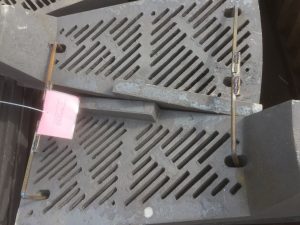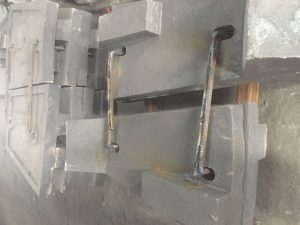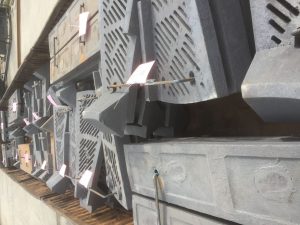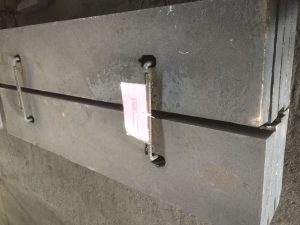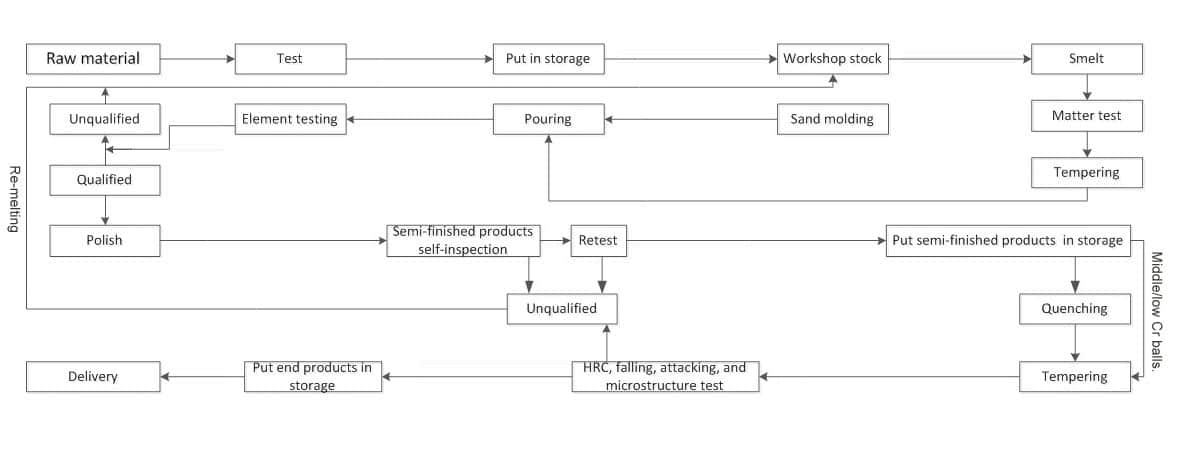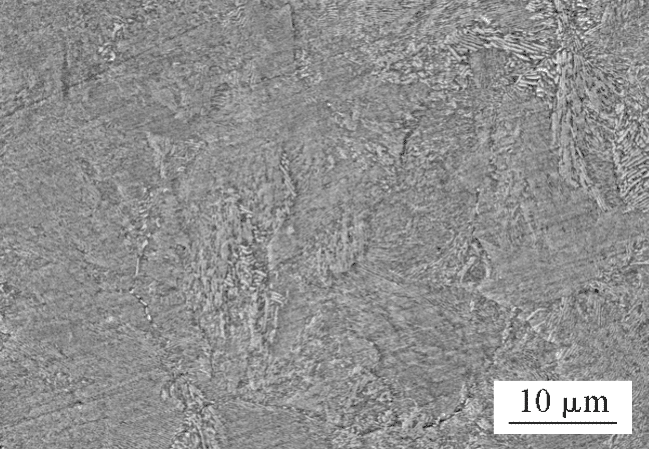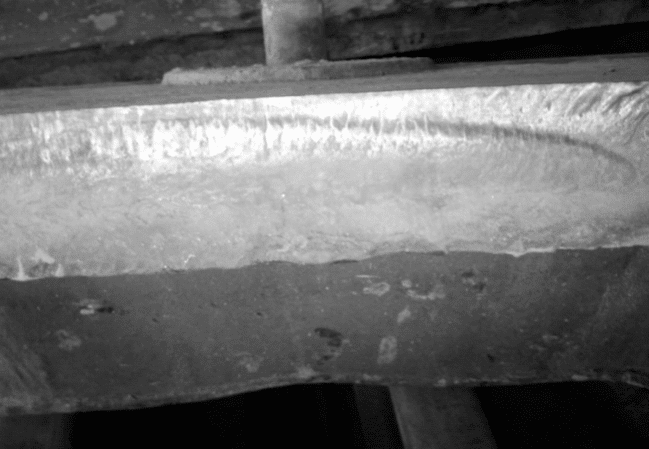AG/SAG Mill Liner Material Selection
Different crushed material, different working conditions need different material liners to suit. In order to meet the requirements for customer AG or SAG mill liners, the materials of large mill liners are mainly high manganese steel, high alloy white cast iron, high carbon chromium-molybdenum steel, medium carbon chromium-molybdenum steel, etc. The matrix structure includes austenite, martensite, bainite, and pearlite.
Qiming Machinery supplies the following material to cast your AG or SAG mill liners:
High Manganese Steel
High manganese steel is a traditional material for abrasion resistance and mill lining. It is widely used in various wear conditions because of its remarkable work hardening effect. The reason why the high manganese steel lining plate has a long service life is that the large ball mill has a slow speed and a large impact force between the grinding ball and the ore. The work hardening effect of the high manganese steel is significant, and the relative between the ore and the lining plate The speed is small. However, high manganese steel also has a fatal weakness, that is, in the case of large impact, due to its low yield strength, it is easy to rheology, resulting in large deformation of the liner, difficult to disassemble the liner, and the bolt will be broken in severe cases.
Alloy white cast iron
The representative material of alloy white cast iron is high chromium cast iron, and the Cr content is usually greater than 12%. Because it contains isolated rod-like high-hardness M7C3 type carbides, it shows higher hardness and better impact toughness (compared to white cast iron), and it has been widely regarded as a new generation of wear-resistant materials, and It has been applied to the liner of ball mill. However, the impact toughness of high-chromium cast iron is still relatively low (usually 5~7 J/cm2), so high-chromium cast iron is only suitable for the mining of small-size liners and large-size liners in cement mills Wet small-diameter mills (diameters below 2.5 m) are not suitable for large-diameter mills with large impact strength, especially large SAG mill.
Alloy Steel
Alloy steel as a wear-resistant material has also achieved good results in practical applications. The main reason is that the carbon content of alloy steel and the types and contents of alloy elements can be varied within a large range. With different heat treatment processes, The structure and properties of alloy steel can be adjusted within a relatively large range to obtain better comprehensive mechanical properties and meet the requirements of different working conditions. Research and practice have shown that alloy steel is suitable as a mill liner for large self-grinding machines and semi-self-grinding machines, as shown in the table:
| Relative Life Of Alloy Liner Used In AG Mill |
| Alloy Steel Species |
Ball Media |
Diameter 11.0m AG Mill
Shell liner |
Diameter 8.2m AG Mill
Shell liner |
Diameter 9.8m AG Mill
Shell liner |
Diameter 9.8m AG Mill
End liner |
Diameter 14.4m AG Mill
End liner |
| Austenitic 12%Mn steel |
0.64 |
/ |
/ |
/ |
/ |
/ |
| Pearlite 0.8%C Cr-Mo alloy |
0.7 |
/ |
0.46 |
0.48 |
/ |
0.54 |
| Martensite 0.4%C Cr-Mo alloy |
0.77 |
0.63 |
0.67 |
/ |
0.73 |
0.81 |
| Martensite 1.0%C Cr-Mo alloy |
0.85 |
/ |
/ |
/ |
/ |
0.94 |
| Martensite 2%Cr-4%Ni iron alloy |
0.83 |
0.67 |
/ |
/ |
/ |
/ |
| Martensite 8%Cr-4%Ni iron alloy |
/ |
0.79 |
/ |
/ |
/ |
/ |
| Chromium-molybdenum cast iron |
1.0 |
1.0 |
1.0 |
1.0 |
1.0 |
1.0 |
It can be seen that the martensitic Cr-Mo alloy steel lining plate has a good use effect in the self-grinding machine, followed by the pearlite Cr-Mo alloy steel lining plate. Pearlite Cr-Mo alloy steel lining has been widely used in semi-automatic mills. Although its wear resistance is slightly worse than martensitic Cr-Mo alloy steel, its impact toughness is higher than martensitic Cr -Mo alloy steel, so it is suitable for large semi-self-milling machine with relatively large impact.

